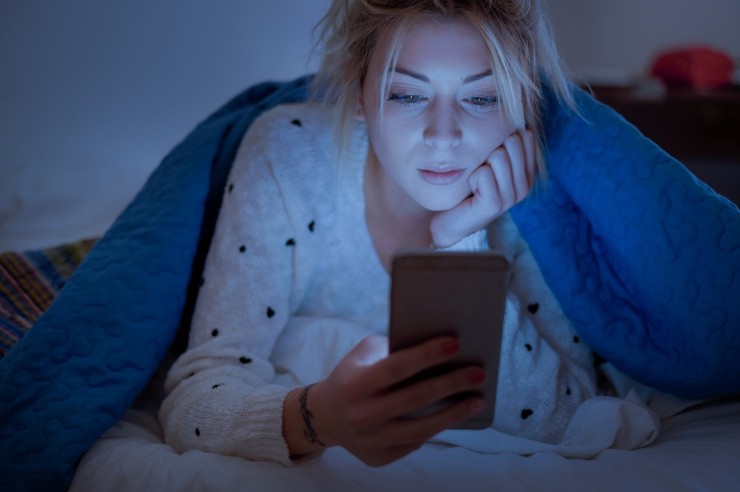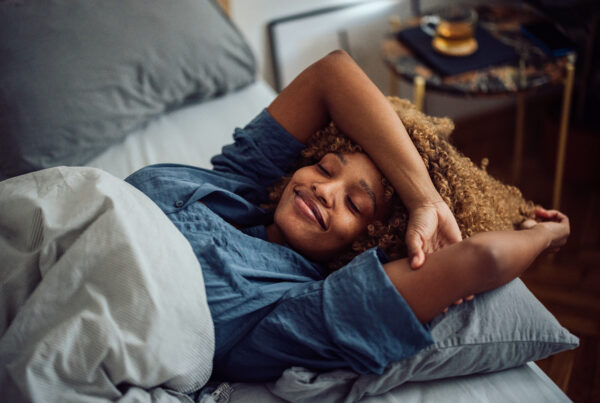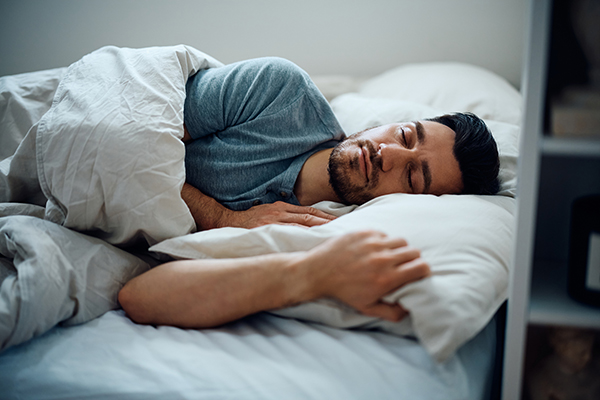One of the many important things I recommend to people struggling with insomnia is to put away their phone. I don’t tell people this just because their phone is a distraction, though it often is—rather I tell people this because the light emitted from their phone’s screen at bedtime is tricking their brain into thinking it’s daytime.
Our computer and phone screens use a light technology called blue light, which makes them both bright and clear. The blue end of the light spectrum is the light that helps establish our circadian rhythms or sleep routine. Blue light in the morning helps to wake us up through several processes, including suppressing the production of melatonin. During daylight hours, it increases our alertness, speeds up our reaction times and strengthens our attention span. At the right time, it helps keep us on a healthy rest-wake cycle.
But at the end of the day, as we lie in bed, that same blue light can prevent us from getting the rest we need. In the evening, with the blue light from the sun gone, our bodies start to prepare for sleep. Our heart slows. Our bodies produce more melatonin and the body’s temperature begins to drop. Blue light from our devices block these healthy sleep steps by tricking our brains into thinking that it’s still the day—resulting in a longer wait before we can fall asleep, shortened sleep times, and poor sleep quality.
So how can we regulate our exposure to blue light? There is plenty of advice out there, including carotenoid supplements (to strengthen our eyes’ natural ability to block blue light) or blue-light blocking software and apps. But here’s a very quick and easy thing to do leave your screens out of the bedroom.
There’s a second benefit to this approach—by leaving your screens out of your bedroom—and that includes, phones, tablets, laptops, and TV’s—you’re telling your mind and body that the bedroom is associated with sleep. Each time you enter the bedroom at night, your body will understand that it’s time to start or continue the wind-down process in preparation for sleep—and establishing a healthy pattern of sleep and wake cycles.




